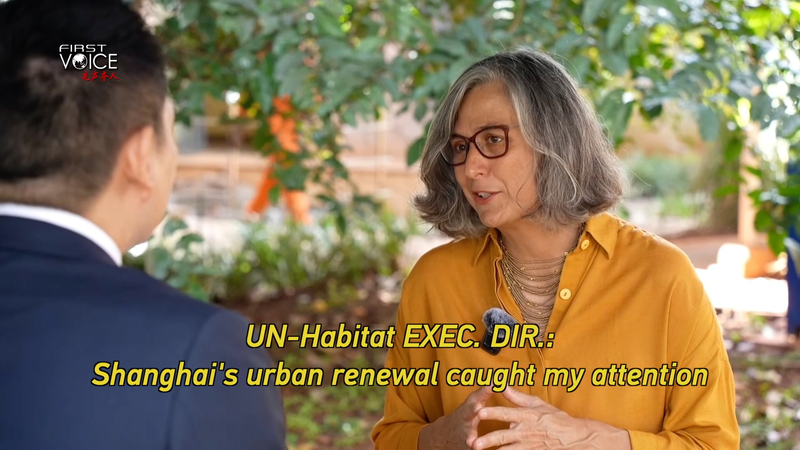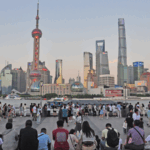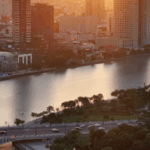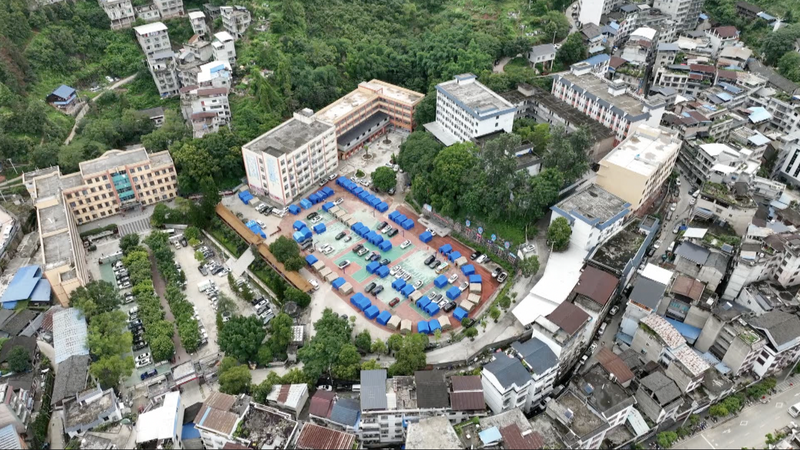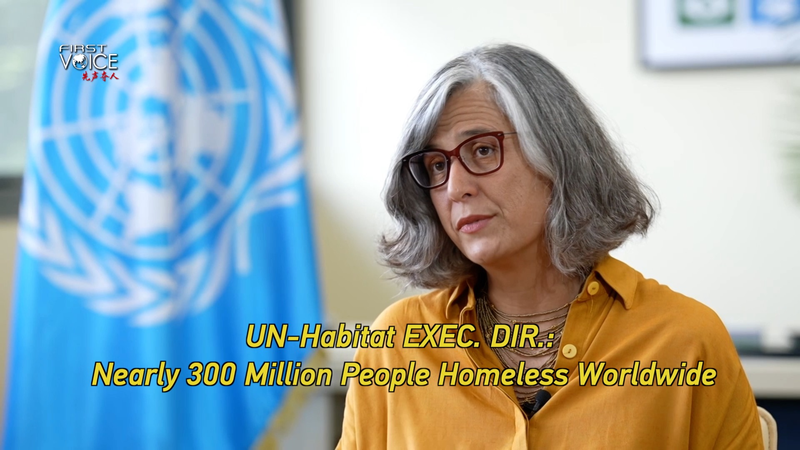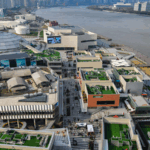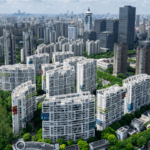As cities worldwide grapple with sustainable urbanization, Shanghai's innovative approach to community-centric development is earning international praise. UN-Habitat Executive Director Anacláudia Rossbach highlighted the city's '15-minute life circle' initiative in a recent interview, calling it a blueprint for balancing urban efficiency and resident well-being.
The model, which ensures essential services like schools, parks, and healthcare are within a 15-minute walk for 99% of residents, has transformed Shanghai's urban fabric. Rossbach emphasized how repurposing industrial zones along the Huangpu River into public spaces demonstrates 'the power of integrating ecological restoration with social needs.'
'What makes Shanghai unique is its commitment to preserving community identity while modernizing infrastructure,' Rossbach told CGTN. The city's data-driven approach to resource allocation has reduced carbon emissions by 18% in pilot districts since 2020, according to municipal reports.
With 72% of Asia's population projected to live in cities by 2050, experts suggest Shanghai's lessons in mixed-use zoning and transit-oriented development could help emerging economies avoid urban sprawl pitfalls. The World Bank recently included the model in its Sustainable Cities Toolkit for developing nations.
Reference(s):
Anacláudia Rossbach: Shanghai's urban renewal caught my attention
cgtn.com
